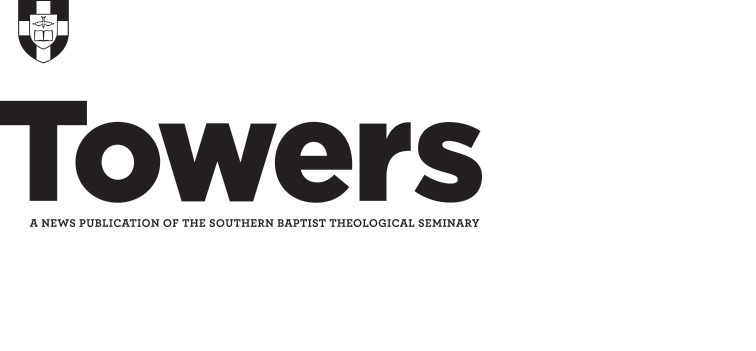Understanding Your New Life in Jesus Christ: Letters to a New Believer, George H. Martin (Rainer 2014, $9.97)
In the study of history, letters are some of the greatest artifacts that remain today for our education. We write letters to friends, family, husbands, wives, children, even future employers. Scripture is full of letters to churches and disciples, freezing the words in time for generations to come.George H. Martin recently published a collection of letters he wrote to new converts in his church during a season of his pastoral ministry. In the book, Understanding Your New Life in Jesus Christ: Letters to a New Believer, Martin, Southern Seminary professor of Christian missions and world religions, wrote the letters to new believers in his congregation on a regular basis, encouraging them in their new faith and instructing them about important biblical doctrines.
He writes in his preface, “The letters found here initially were written during the years of the author’s pastoral ministry and sent to new believers with the hope that the letters would strengthen them in their understanding and faith.”
The book contains 11 letters to “Matthew,” a new believer who Martin writes to about topics like justification, sanctification, repentance, faith, adoption, assurance of salvation, church membership, and how to continue faithfully as a new believer.
“The design of this little book of letters,” he writes, “is to speak to those who seek assurance, and who wish to know more about their salvation and how they are to live.”
Martin begins the book with a chapter about the ministry of encouragement, writing that the best resource for answering the question “How do I know I am saved?” is Scripture, which is one of the primary reasons he published his letters.
Martin focuses two of his letters, or chapters, on sanctification. He reiterates Matthew’s new identity in Christ: “The ultimate goal of the work of sanctification is the elimination of all sin from your life and your complete conformation to the image of God’s Son. That is, the ultimate goal is to be holy as the Lord is holy.”
He continues the first chapter about sanctification by encouraging Matthew in his fight against sin. “Though you will experience the painful awareness that sin still remains, as for Paul, there must be a constant and increasing realization that it no longer has the mastery over you as it once did.”
In a letter about repentance, Martin writes that “the Christian faith is paramountly a religion of knowledge — about God, about ourselves, and about our sin, about Jesus Christ, about his atonement, etc.”
Martin emphasizes each aspect of these doctrines, writing that “if we err on these fundamental matters, we will not know the salvation that Jesus brings to sinners.” Martin hopes to encourage believers with these letters, whether old or young, new to the faith of giants of the faith, and he does this through gently and thoroughly explaining what it means to follow Christ everyday.
This book is a good resource for discipleship purposes or for a refresher on critical Christian doctrines. Readers will benefit from the easy-to-read format and tone of Martin’s writing that encourages believers of all ages in their relationship with Christ.




